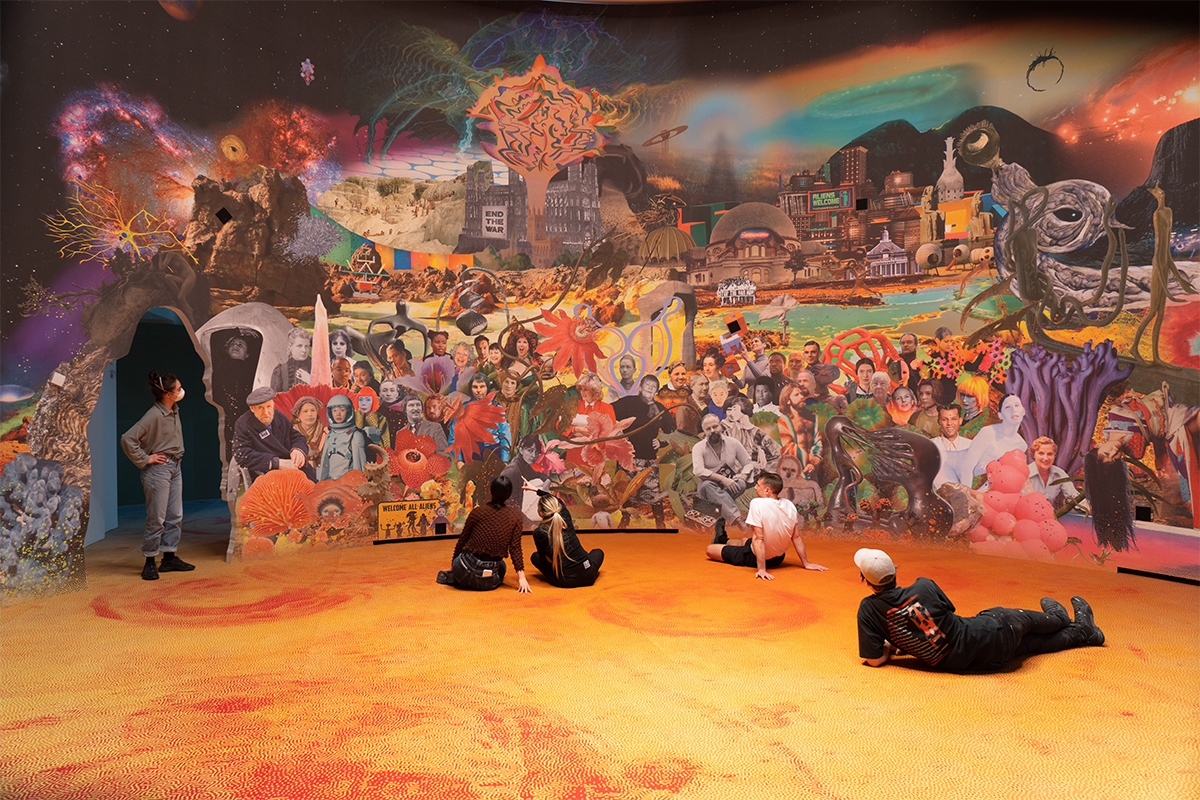
Dominique Gonzalez-Foerster, Martial Galfione and Mike Gaughan, Metapanorama, 2022. Installation view, Alienarium 5 (Serpentine South, 14 April – 4 September 2022). Photo by Hugo Glendinning
Ahead of the opening of Radio Ballads, the new, social-minded exhibition featuring works by Sonia Boyce, Helen Cammock, Rory Pilgrim and Ilona Sagar, we spoke to the Serpentine’s Bettina Korek about how the gallery is working to build meaningful connections between artists and communities
1. What is your vision for the Serpentine with regards to its focus on environmental art?
My vision for Serpentine’s focus on environmental art is first and foremost about ensuring that ecology is embedded across all strands of our programme, business planning and culture. Serpentine works as a conduit between artists and society, exploring “Art and Ideas for a Changing World”. We strive to be a platform that amplifies environmental art, and arms these ideas with access to top collaborators, advanced technologies and other resources that produce new models of reality.
These ideas manifest through Back to Earth, a multi-year programme where we invite leading artists, architects, poets, filmmakers, scientists, thinkers and designers to devise campaigns, protocols and initiatives prompting responses to environmental crises, with the support of partner organisations and networks.
2. How does Radio Ballads respond to the urgent issues of today?
The exhibition, developed by Serpentine’s Civic team, led by Amal Khalaf, centres the voices of those receiving and giving care in both formal and informal settings, sharing complex and intimate stories of living and working in the care sector today. We feel that it is important to make sustained contributions to communities and for embedded artists to have the time and resources to develop real trust and dialogues with care workers, who, more and more, play such an essential role in society.
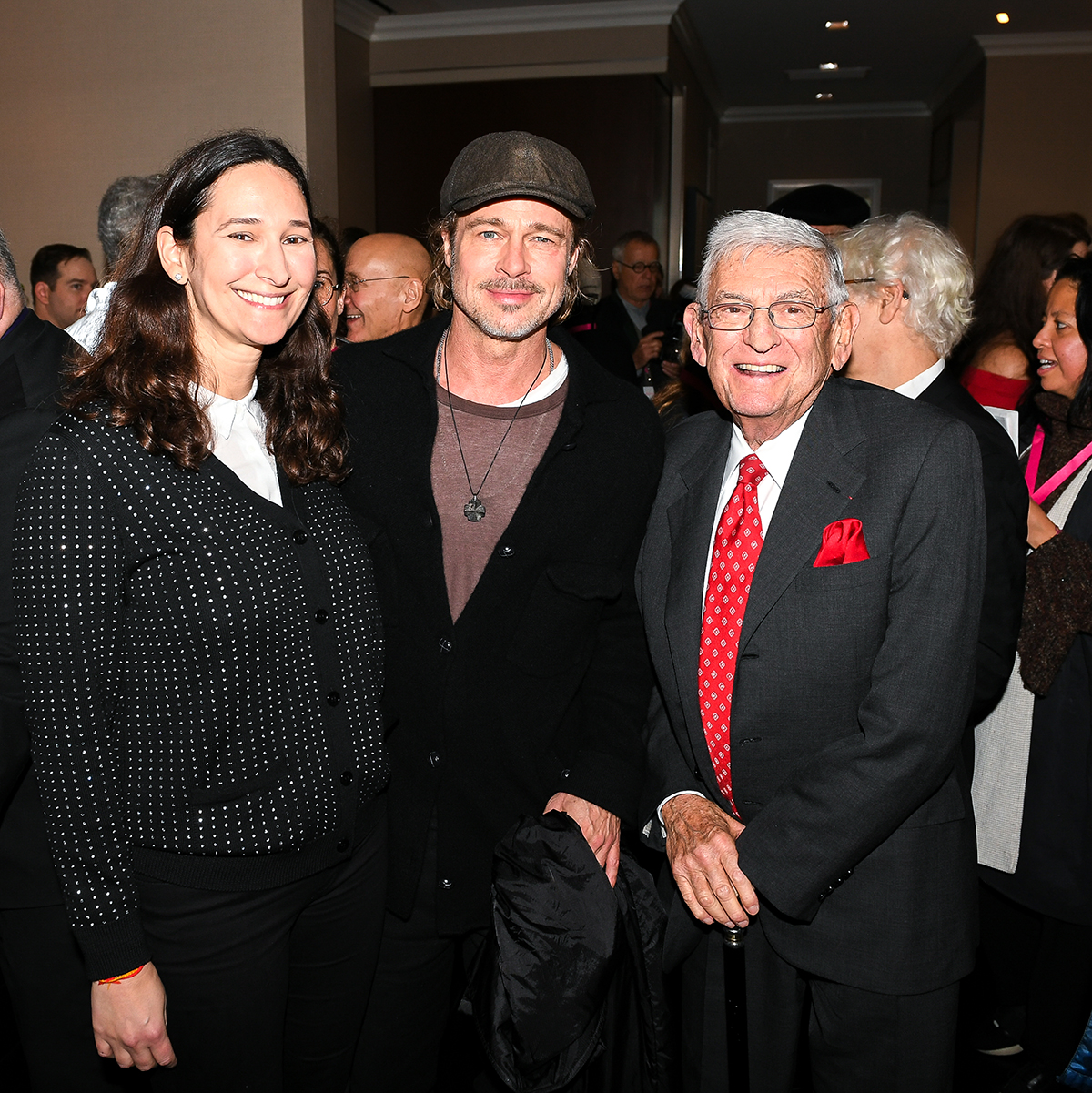
Bettina Korek, Brad Pitt and Eli Broad. Image by Michael Underwood, courtesy of Frieze
3. How has the increase in long durational projects in recent years altered how we experience art?
Somehow some walls have come down during the pandemic, and it seems more common that art becomes a permanent part of people’s lives—but it takes a long time to break through this way. Durational projects have the advantage of easing their way into viewer’s lives organically, this is specifically true with the Summer Pavilion designed by Theaster Gates this year, where public engagement is high and passionate.
Follow LUX on Instagram: luxthemagazine
We’ve even branched into podcasts and considering questions around physicality and virtual worlds. One episode of our Back to Earth podcast I particularly enjoyed is called Queer Currents, guest hosted by Serpentine Assistant Curator, Kostas Stasinopoulos and asking, What is queer ecology? How do queer theory and artistic practice inform environmental activism and climate justice? Queer Ecology will be amplified this year and will solidify Serpentine’s thought leadership.

Pollinator Pathmaker, Digital rendering of Serpentine Edition Garden 3 (detail), 2022. © Alexandra Daisy Ginsberg
4. Which creative technologies are you most excited about?
There is so much happening with Web 3. Some fundraising structures like DAOs can be very empowering to artists and organisations, financially as well as possibly creatively. Beyond the speculative buying and selling of NFTs, I’m especially keen on the more interactive and community building aspects of the technology, such as proof of participation NFTs that gamify and reward engagement in a way that, again, into the everyday lives of people.
Read more: LUX Art Diary: Exhibitions to see in April
Then there are artists like Dominique Gonzalez-Foerster who pose questions around the invention of new technologies of consciousness—just as she does in her upcoming Serpentine exhibition this spring, Alienarium 5. The exhibition features a new VR piece that, following on from her critically-acclaimed Endodrome presented at the 2019 Venice Biennale, marks the artist’s second VR work produced by VIVE Arts, and developed by Lucid Realities, and a Holorama produced by Vega Foundation. We’re so excited to see visitors’ reactions.
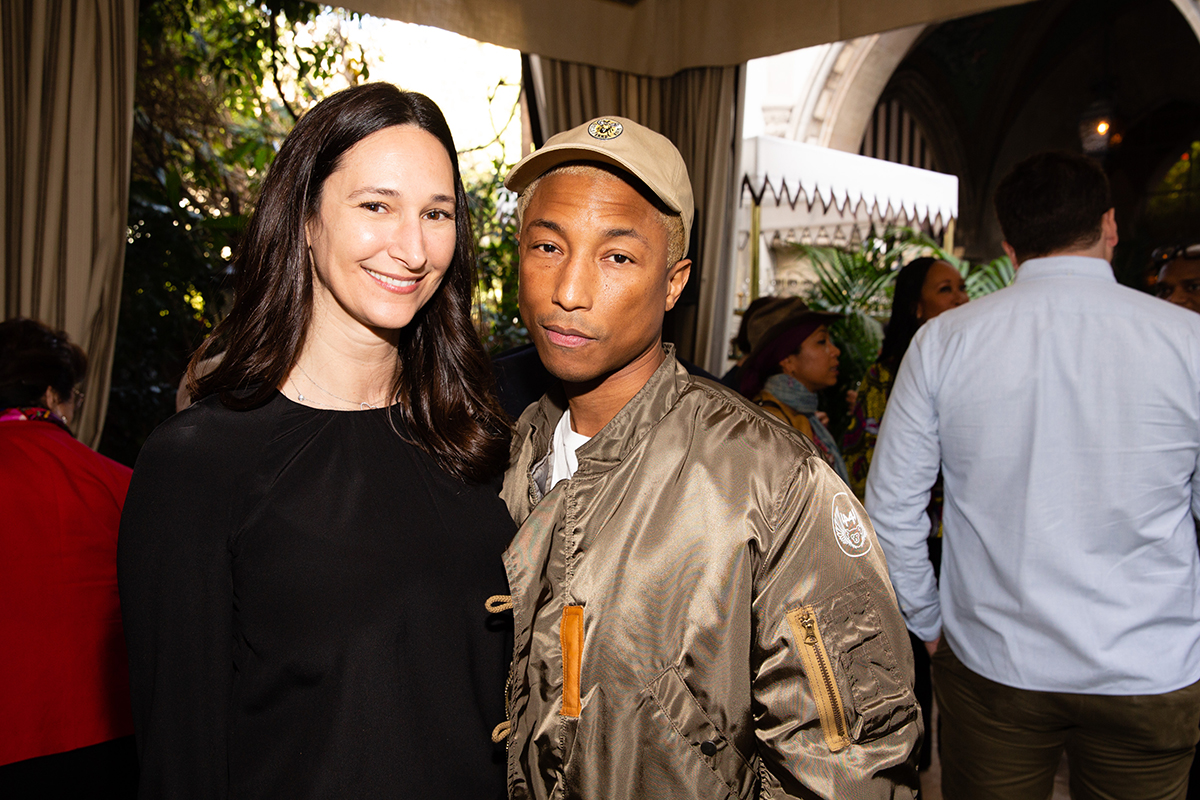
Bettina Korek and Pharrell Williams. Image by Billy Farrell/BFA.com, courtesy of Frieze
5. What role does the metaverse play in the Serpentine’s future?
We are still very much in an experimenting phase with regard to the metaverse. Our recent project with KAWS, Acute and Fortnite demonstrates our approach to thinking about layers and reaching audiences we wouldn’t necessarily have access to through physical activations. We tend to think of our physical presence in Serpentine gardens, the park, and communities in London as our core, and from here, about how we can branch out to reach other “worlds”. Physicality now exists in parallel with the metaverse.
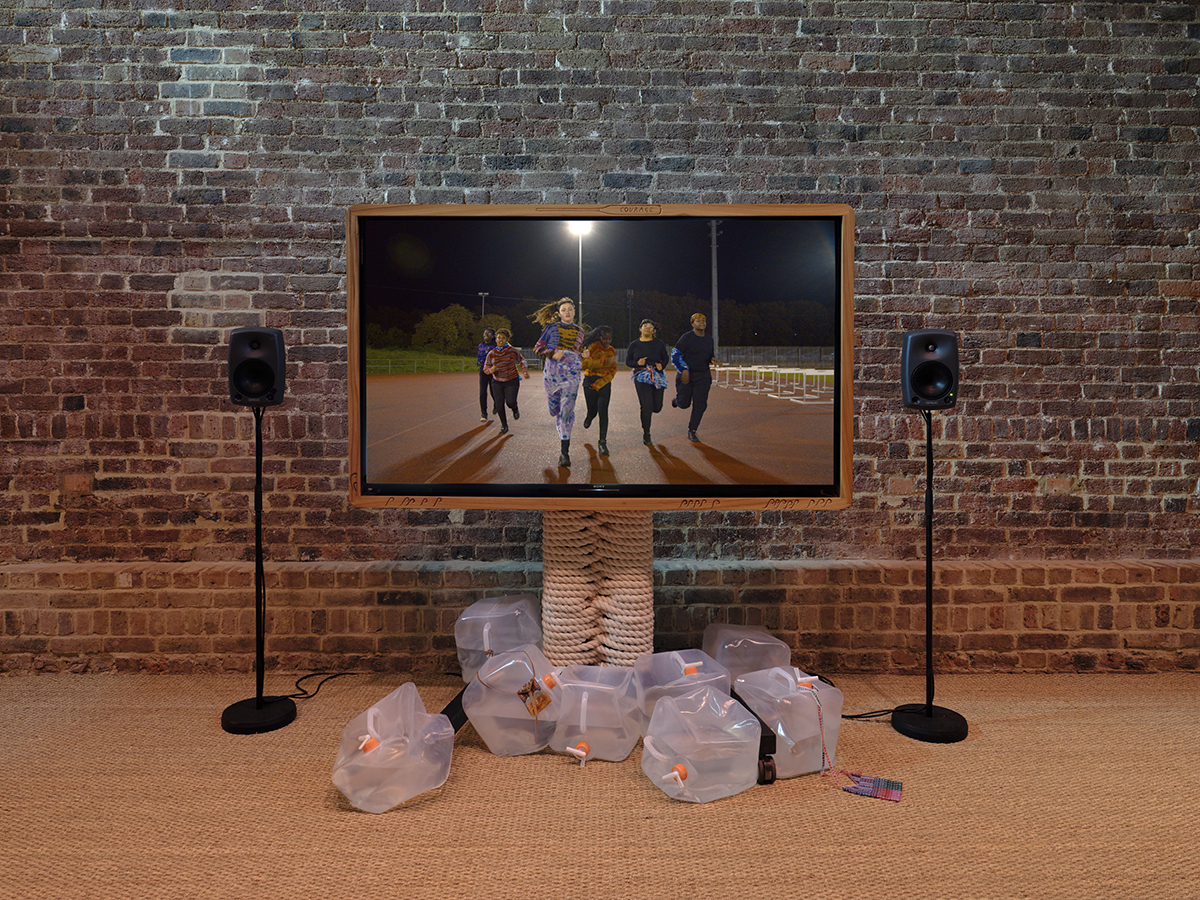
Radio Ballads, Installation view, 31 March – 29 May 2022, Serpentine North Rory Pilgrim, RAFTS, 2022. Photo by George Darrell
6. How does the gallery aim to sustain relevance among diverse audiences?
Serpentine convenes creators, thought leaders and entrepreneurial partners from a plurality of disciplines and fields to make the conversation around art more relevant and inclusive, and in doing so, to expand the diversity and depth of engagement of museum audiences. Serpentine’s goal of building connections between artists and society appeals to a full spectrum of audiences who engage with us at the museum, in their communities and online. Serpentine has always been an artist-led institution and continues to be; we are now equally focused on being audience-centric.
Bettina Korek is CEO of Serpentine Galleries
Find out more: www.serpentinegalleries.org

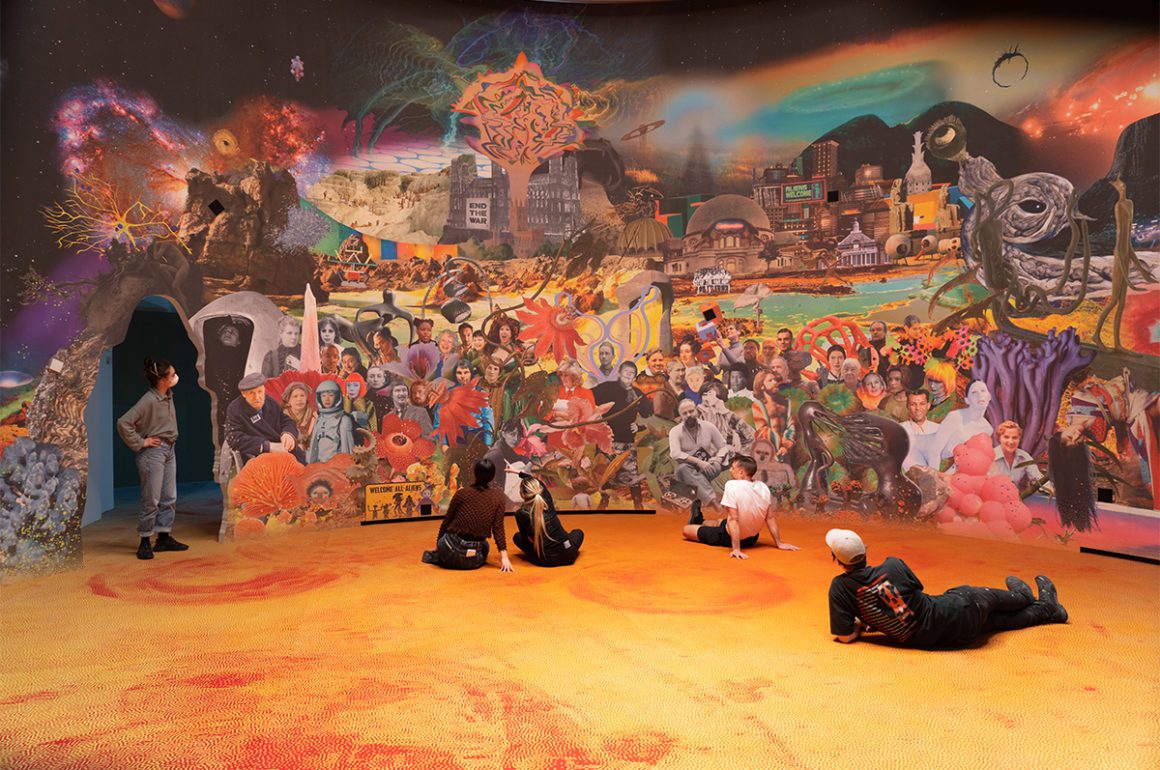
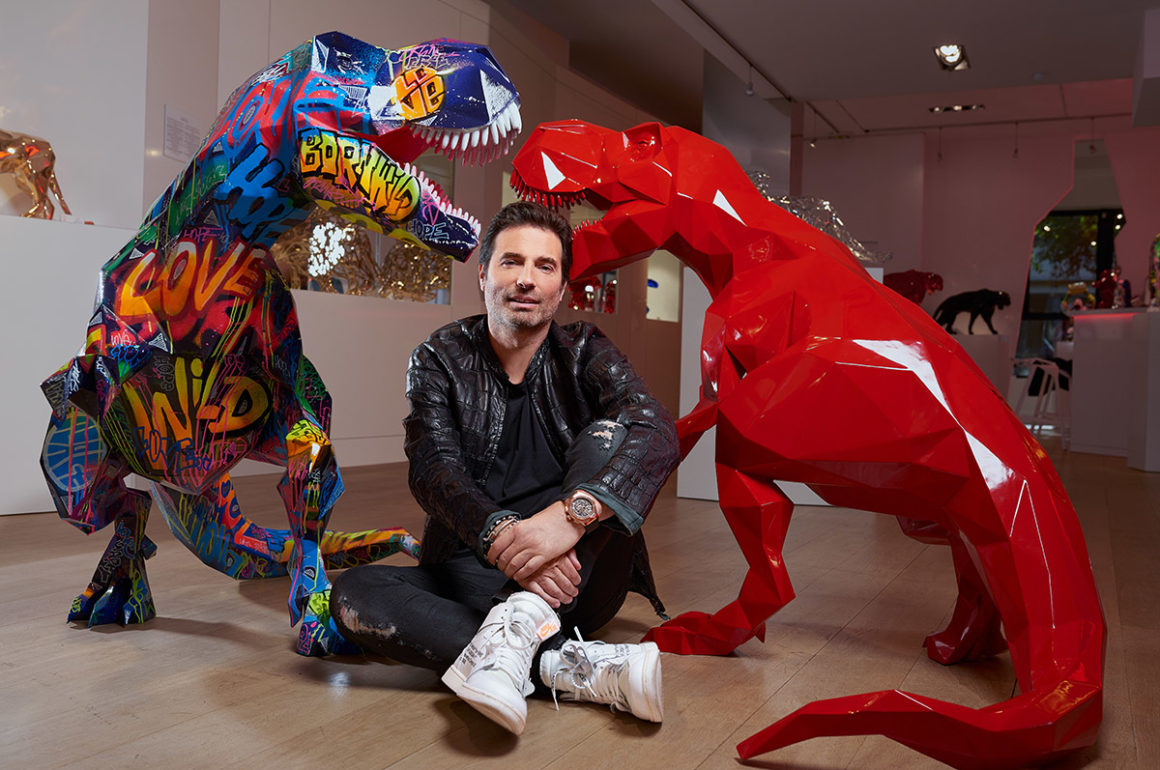
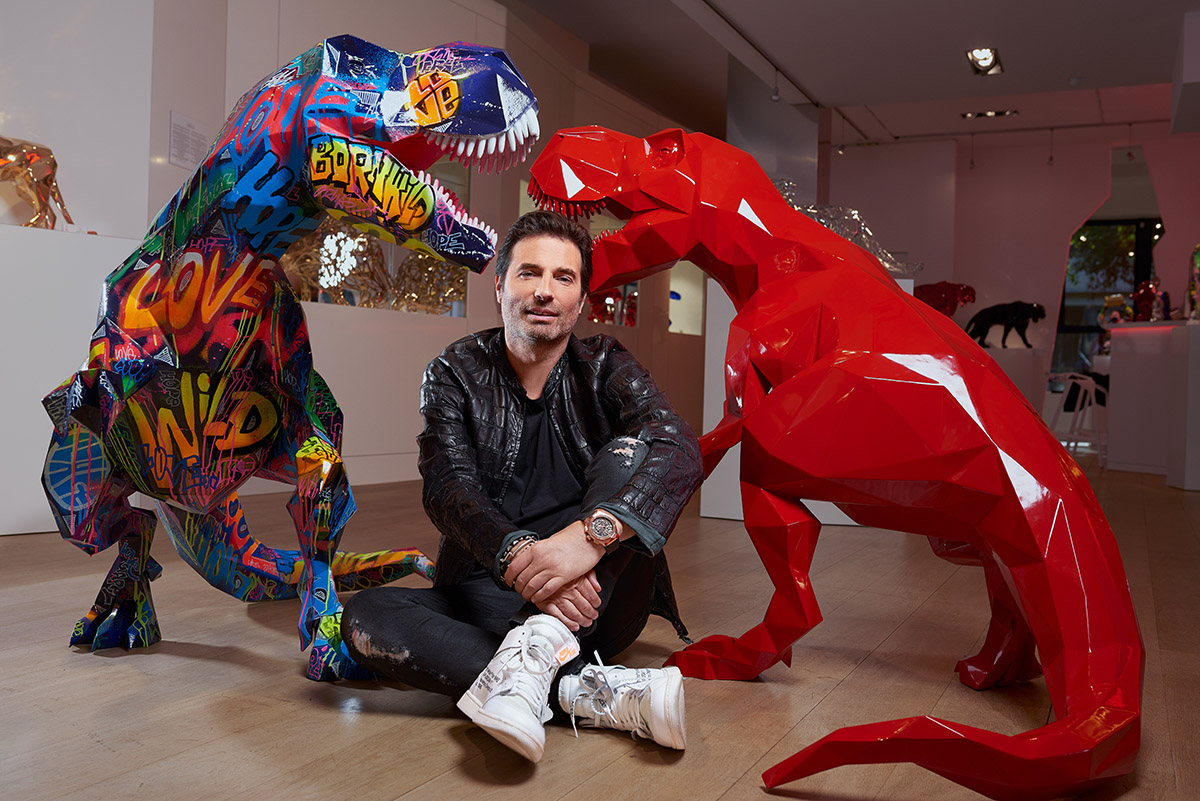
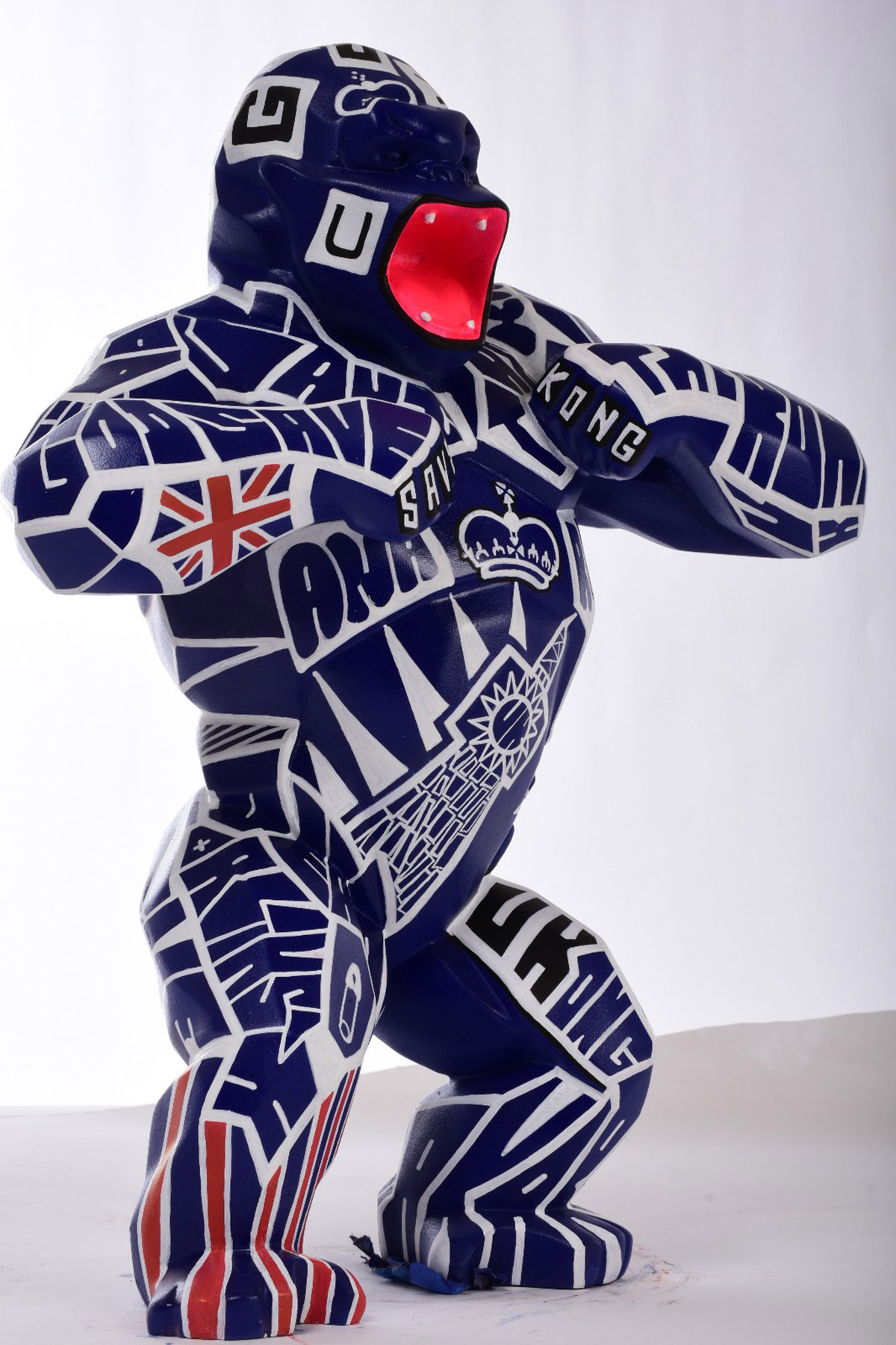
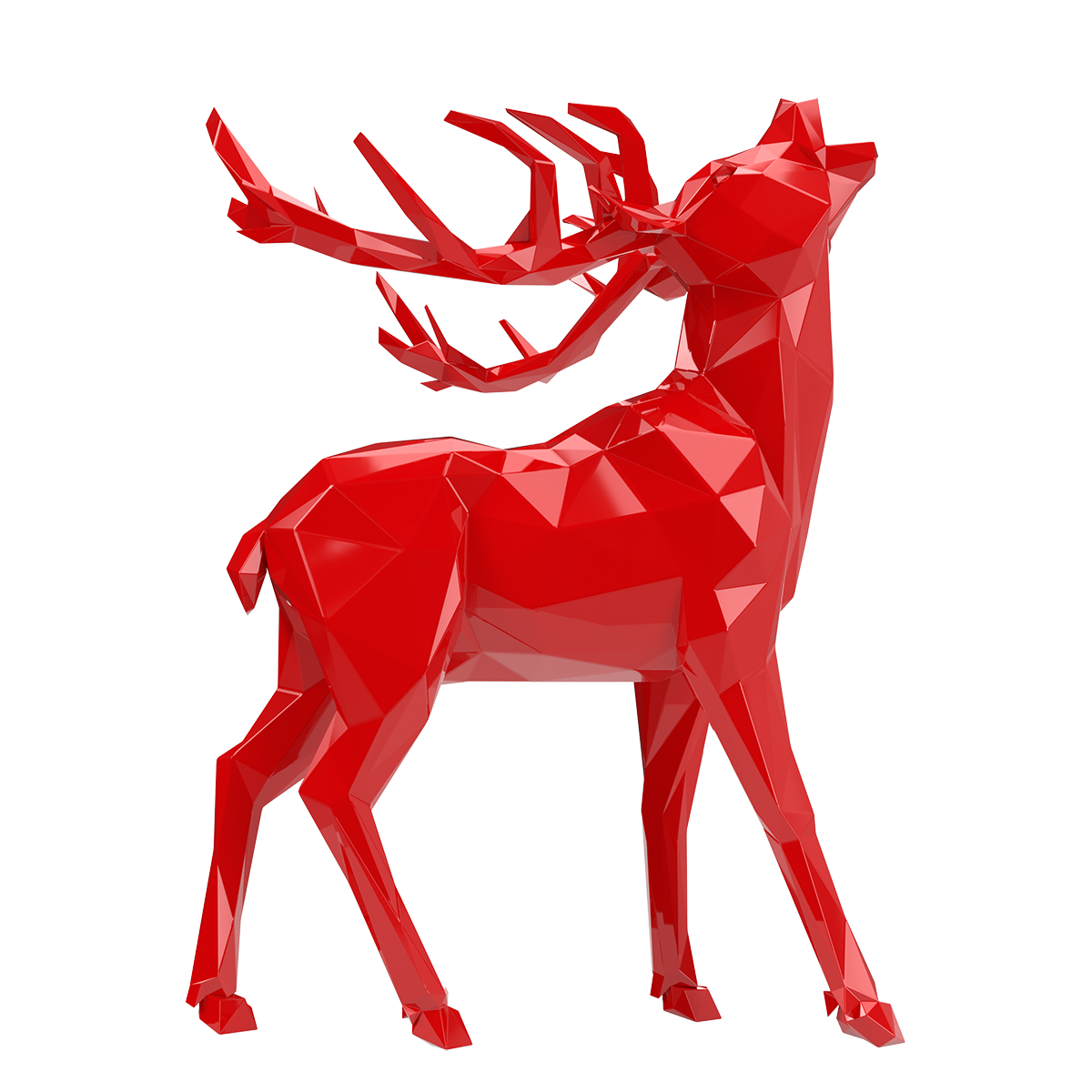
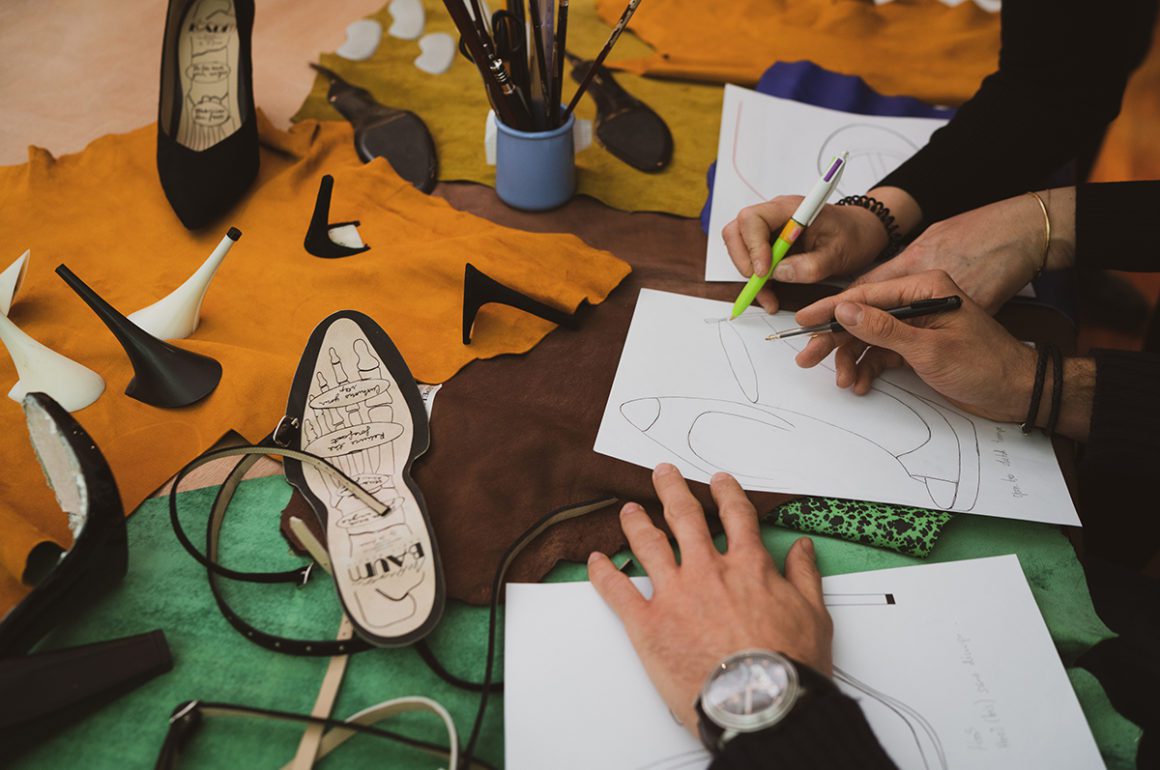
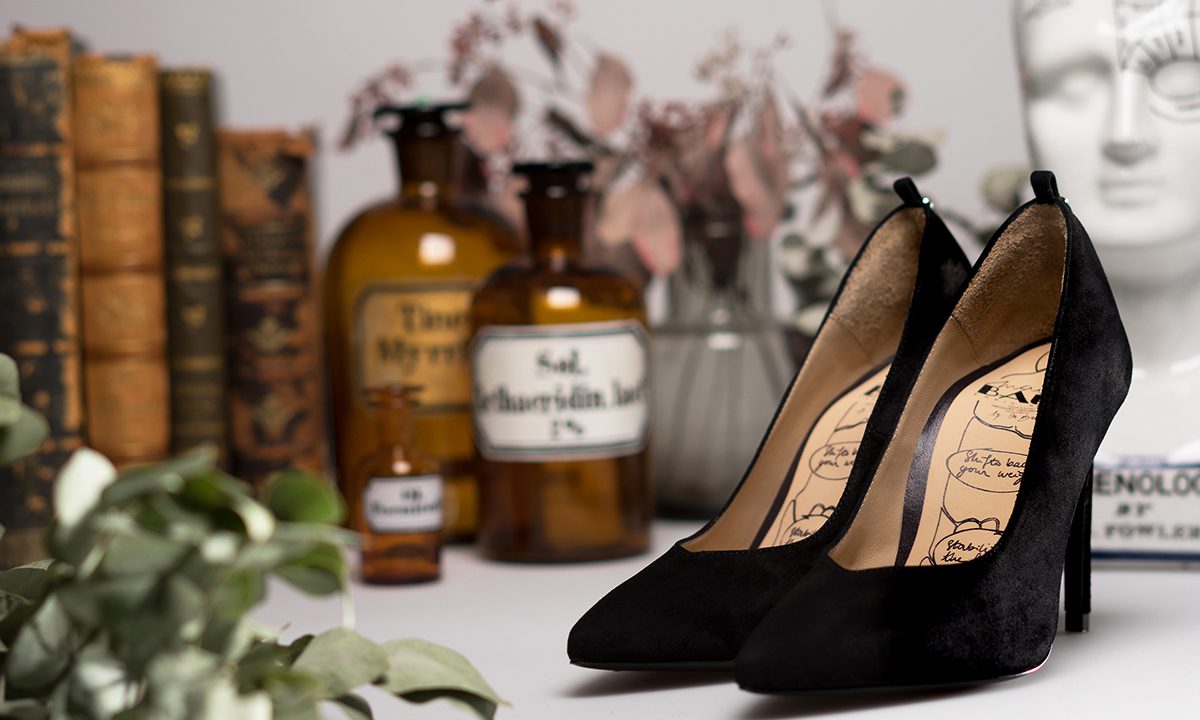
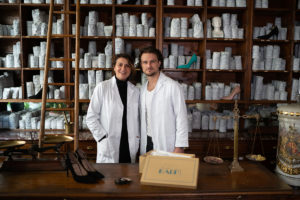
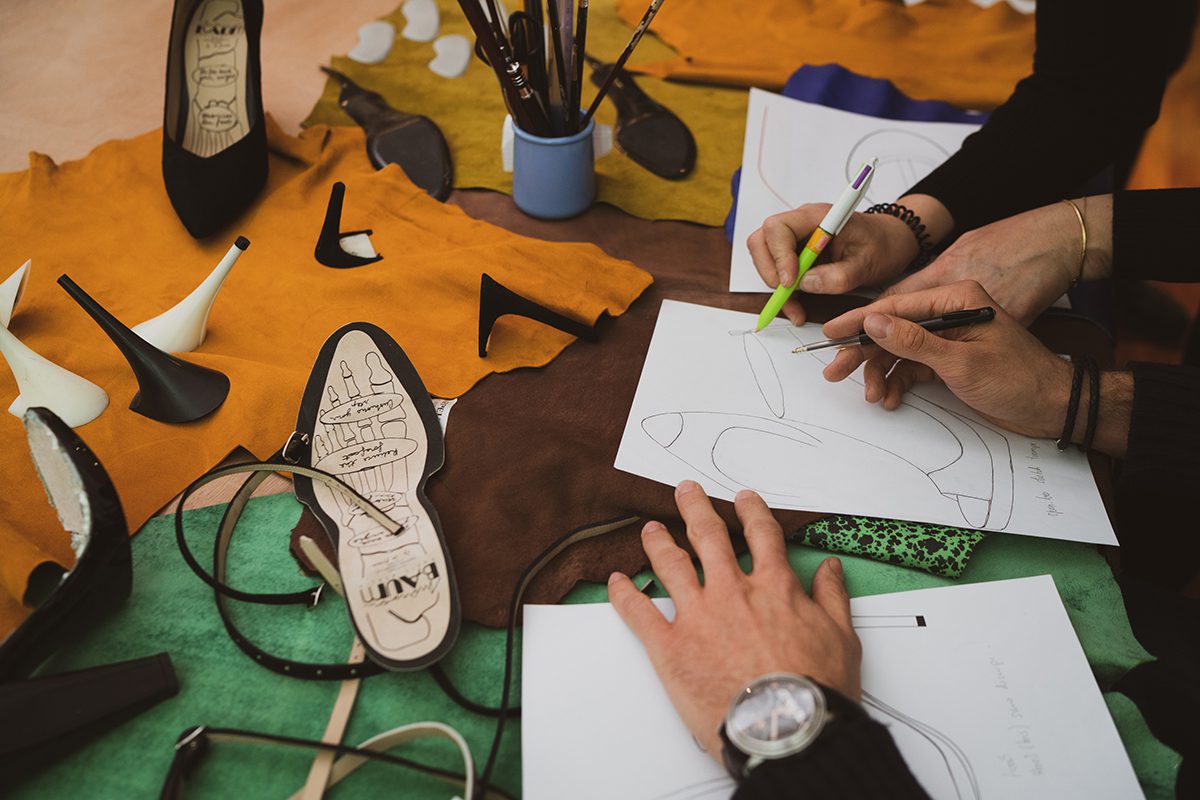
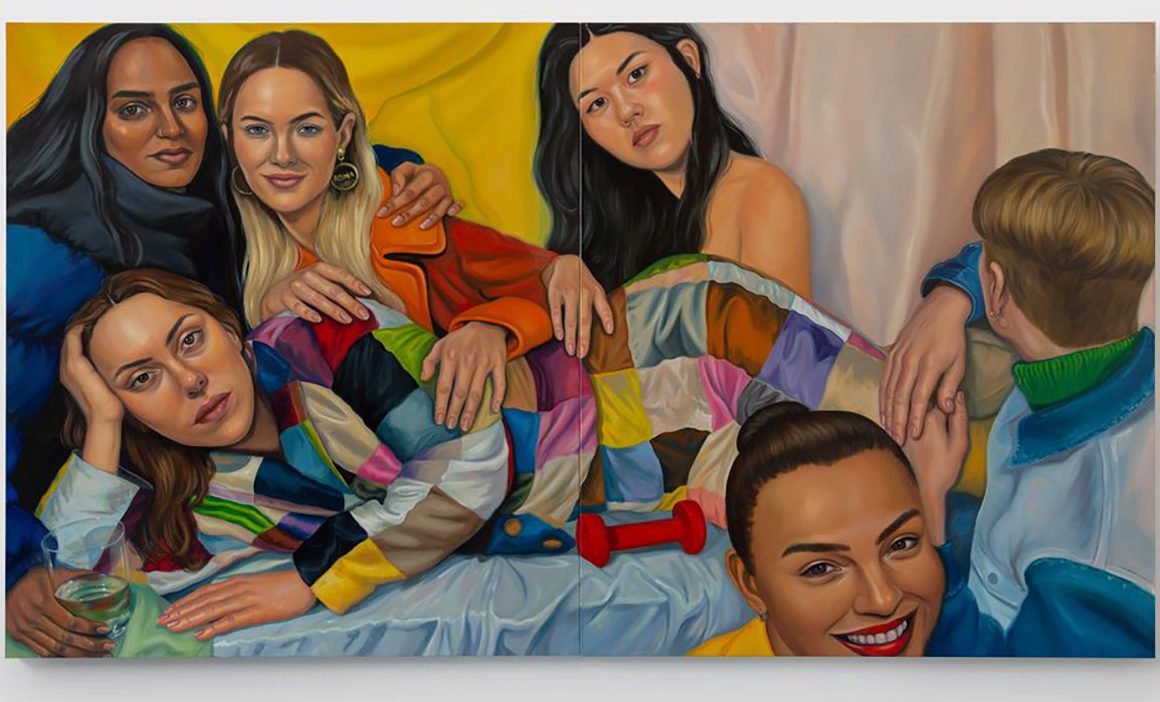
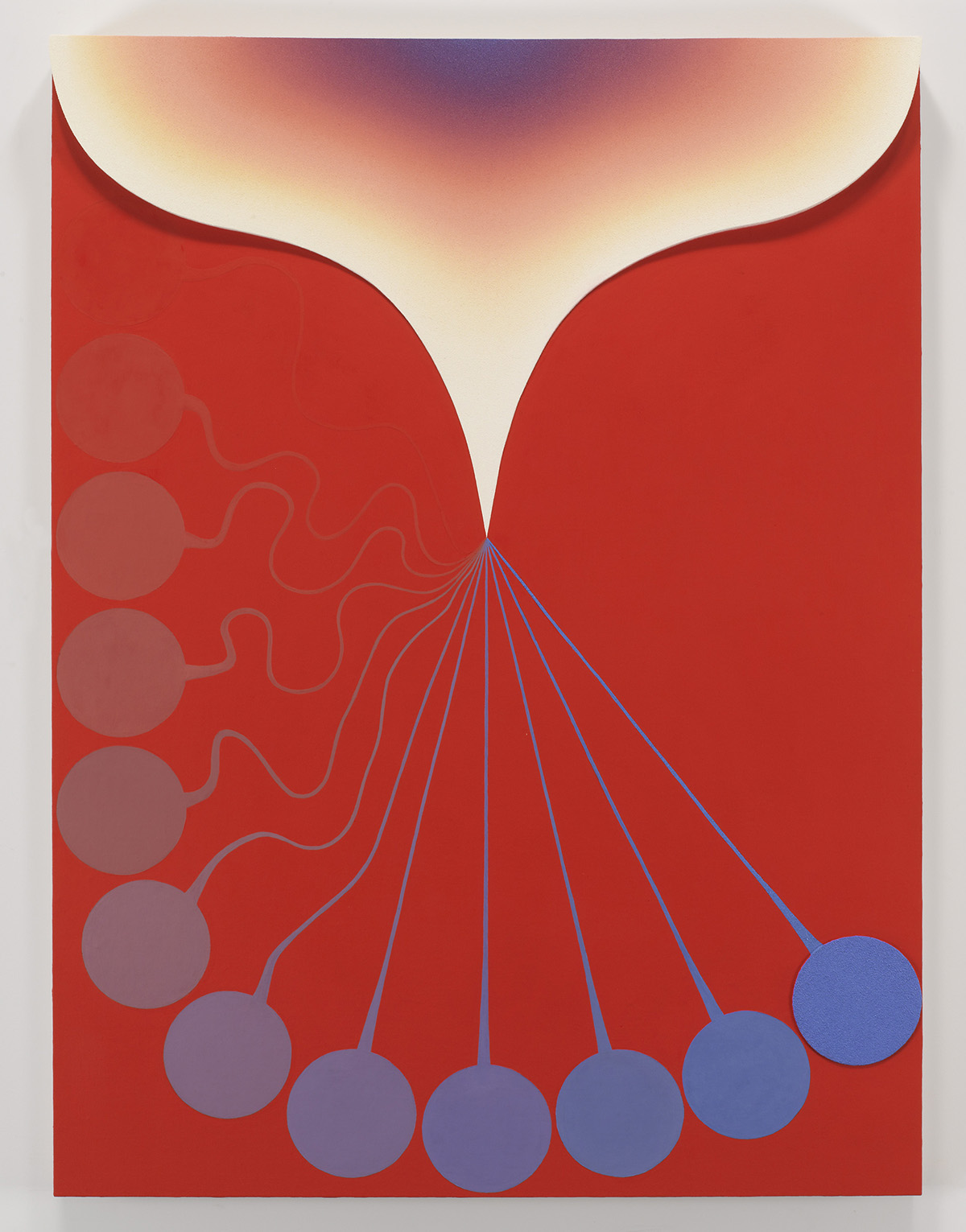
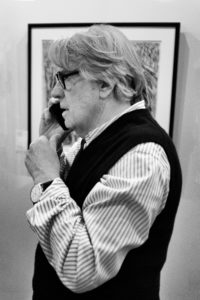
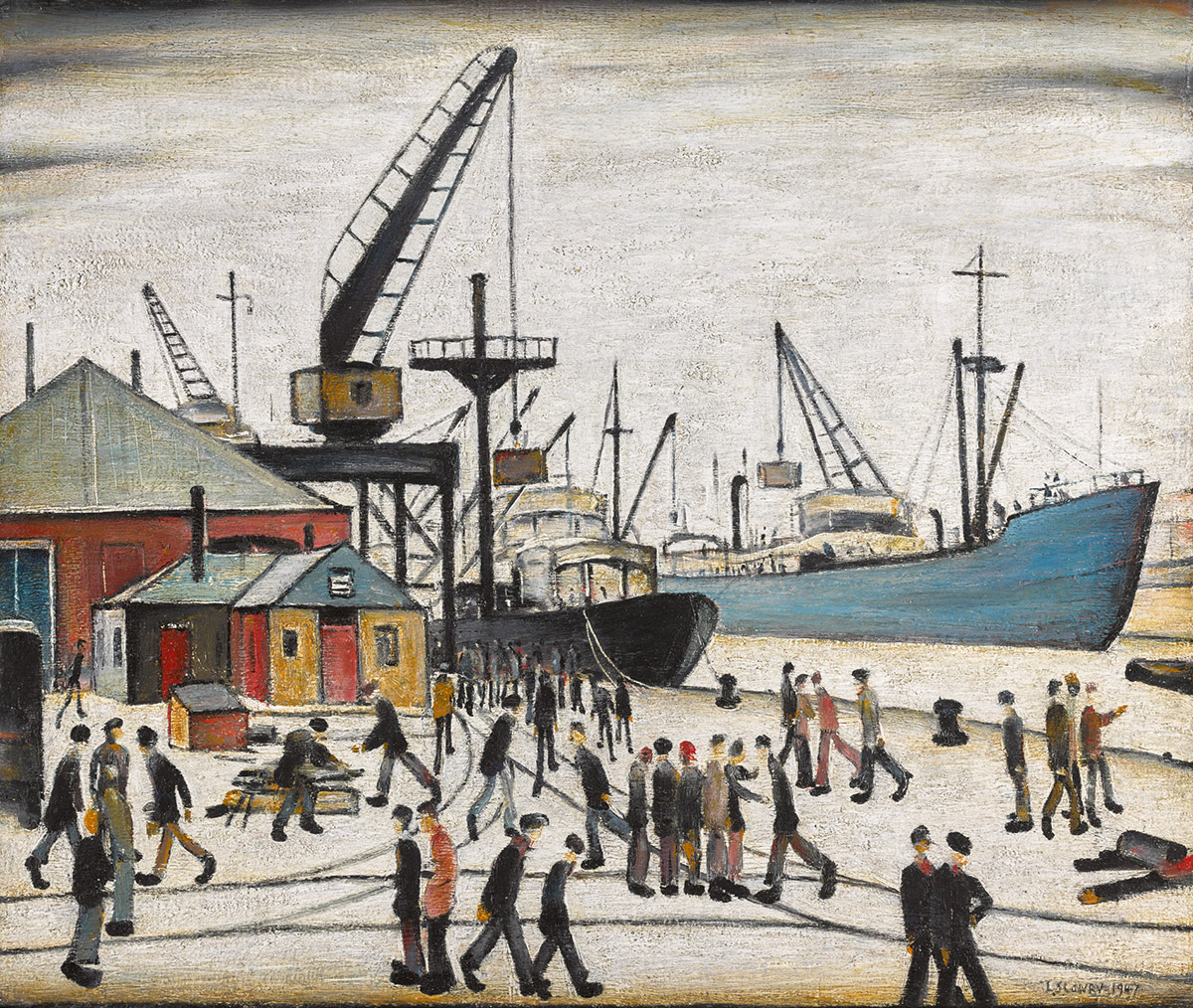
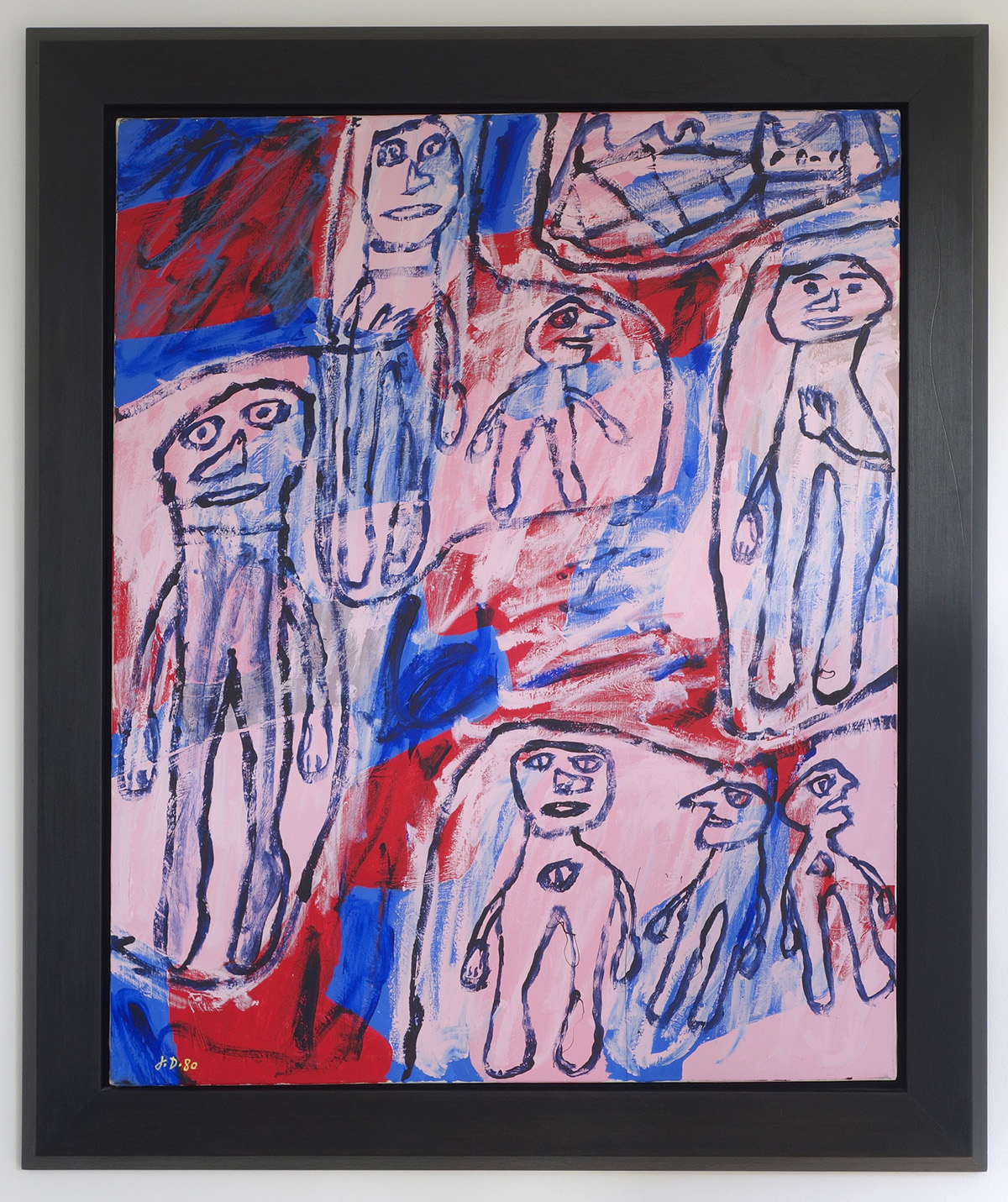
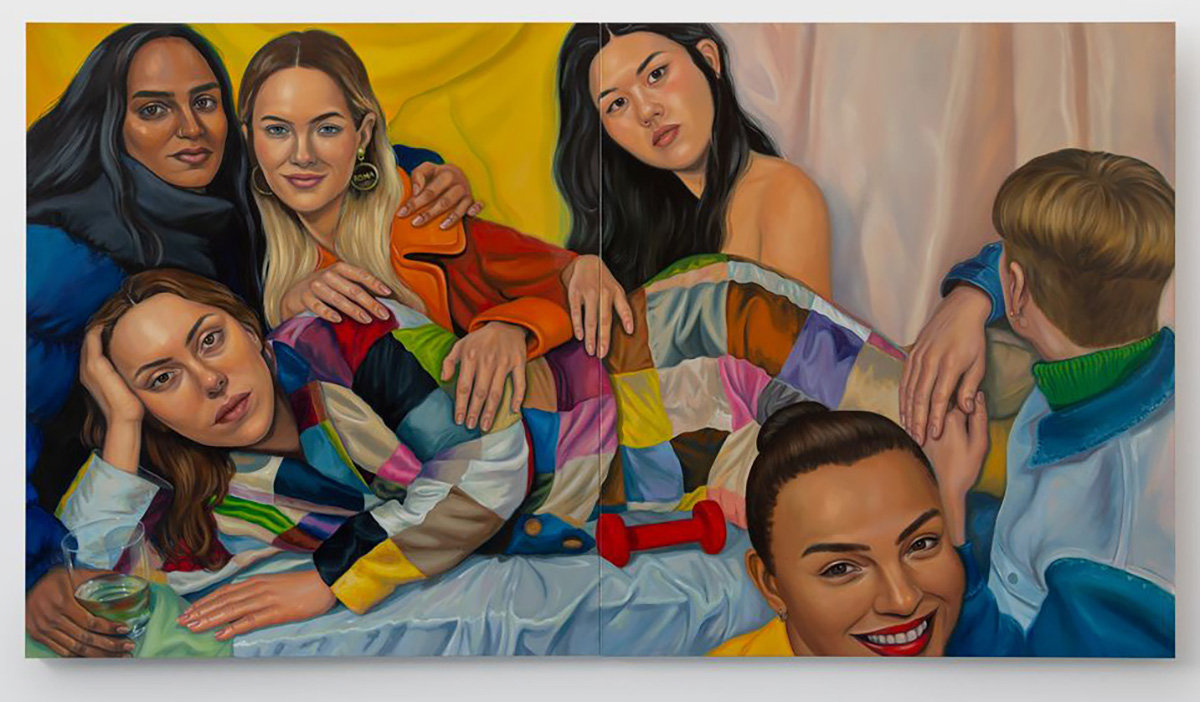
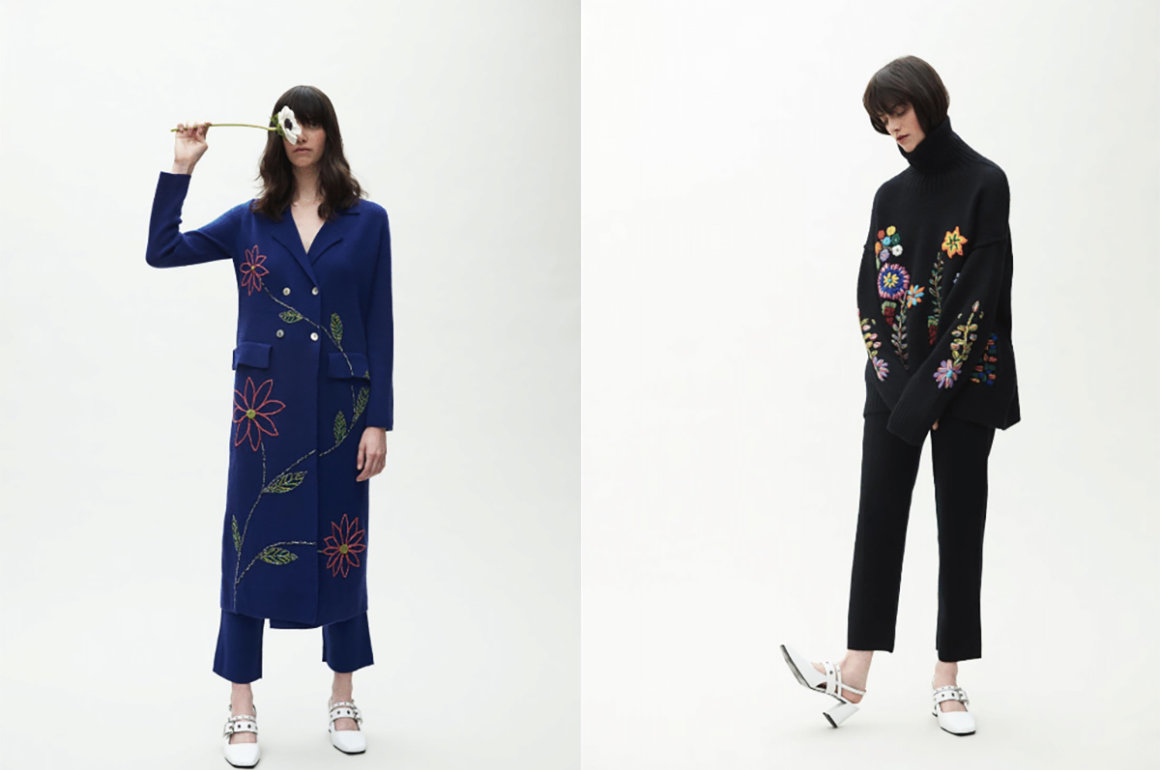
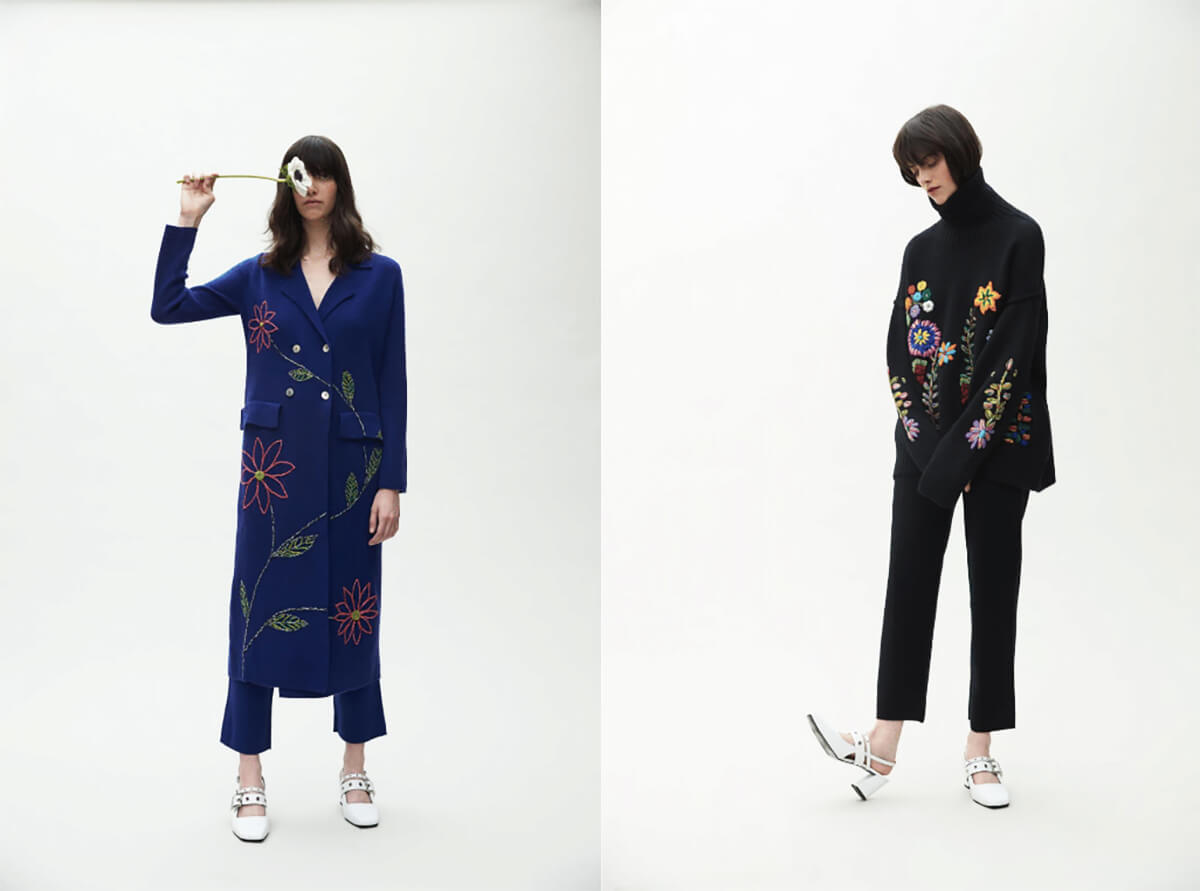
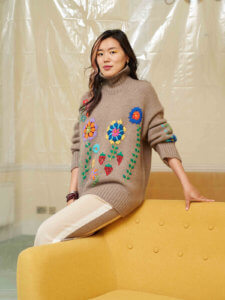
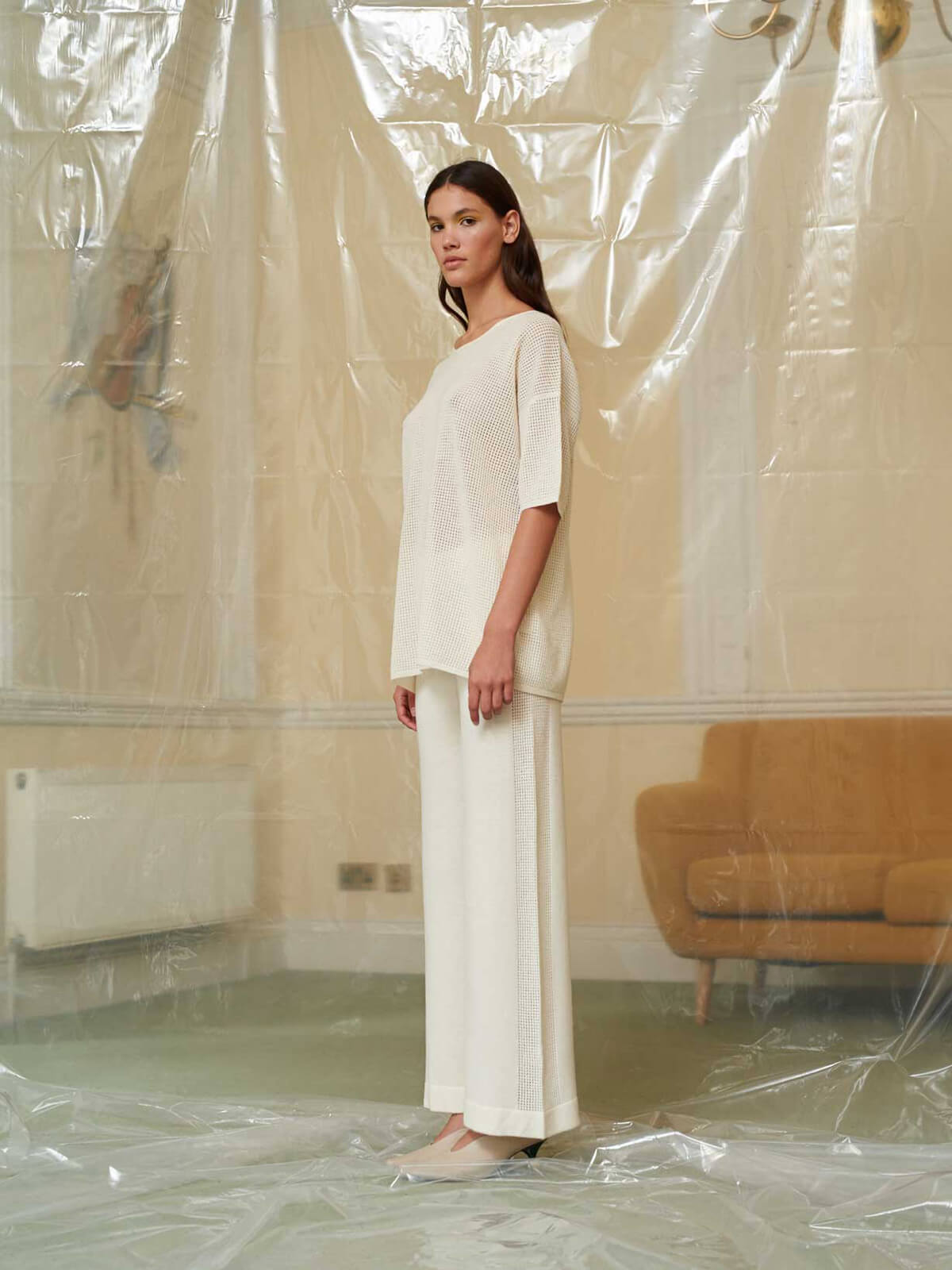
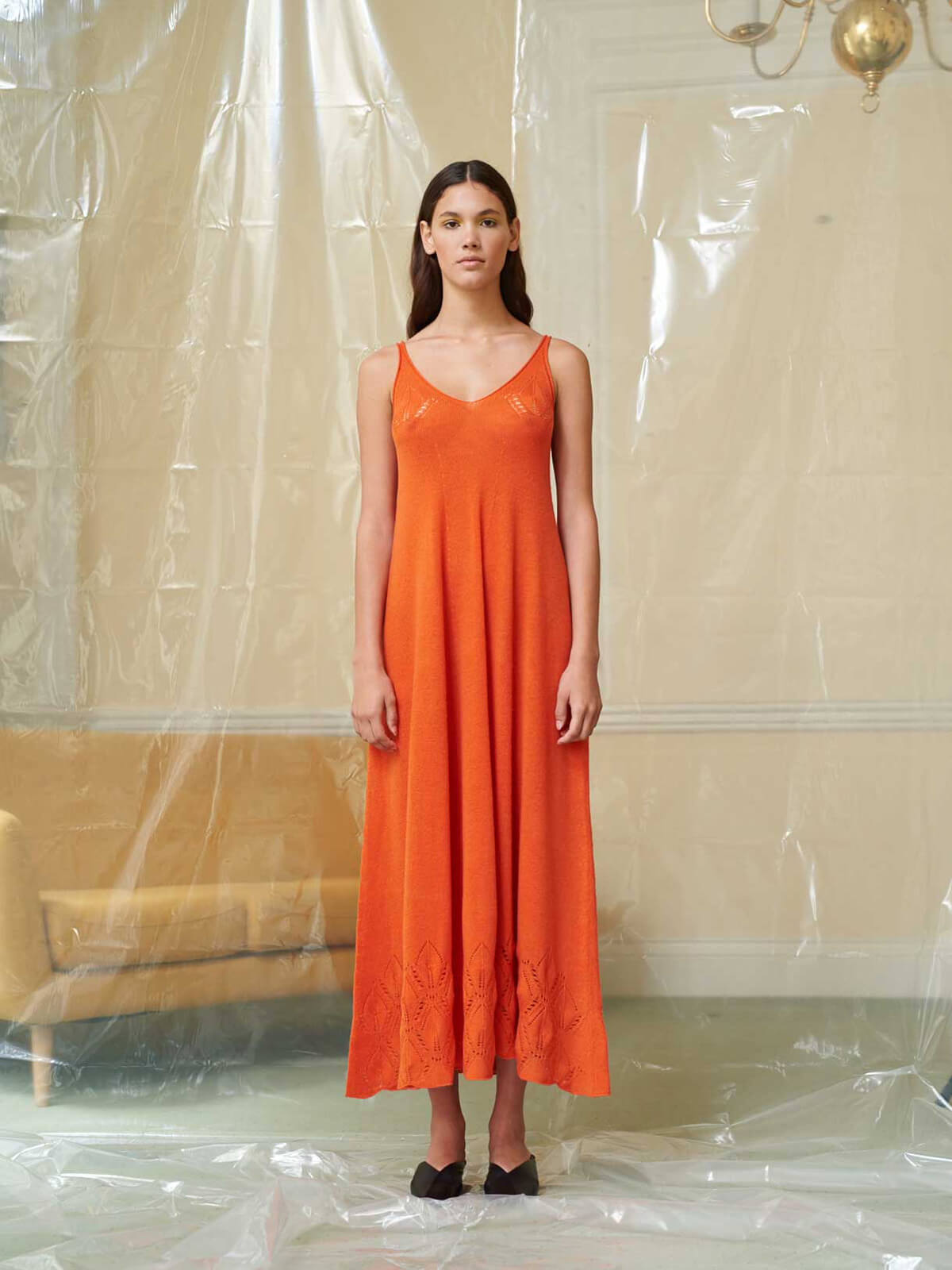
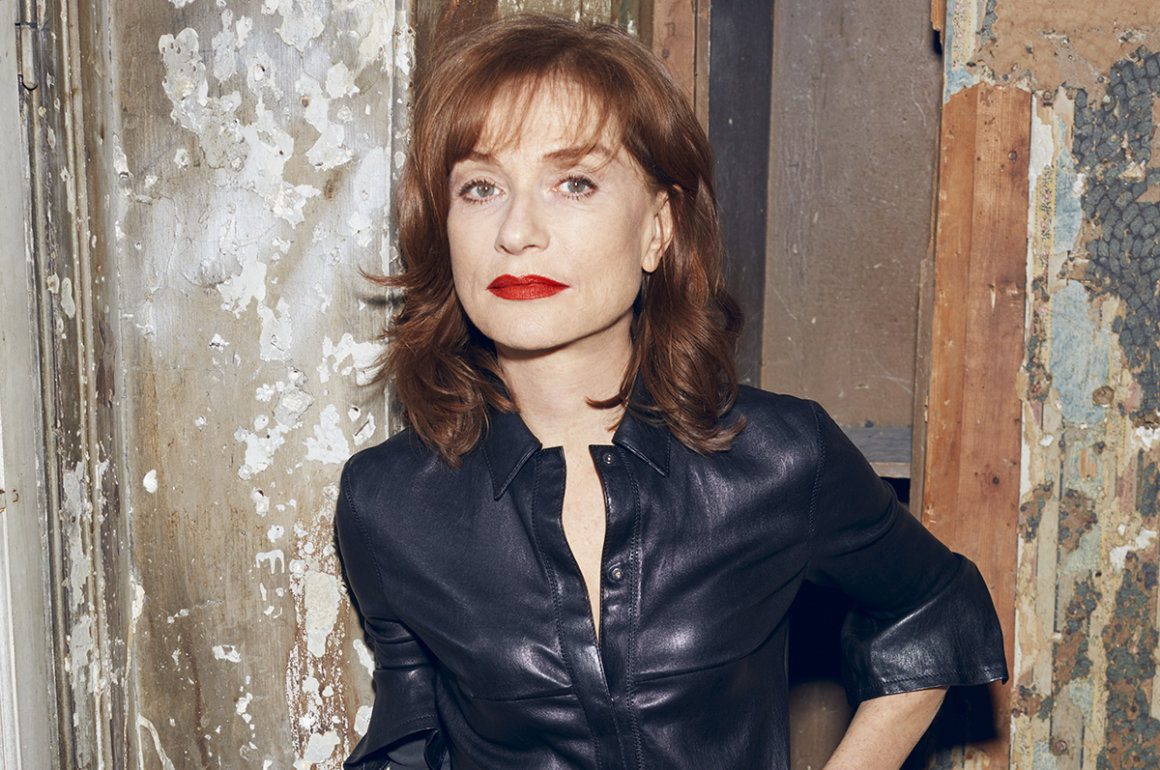
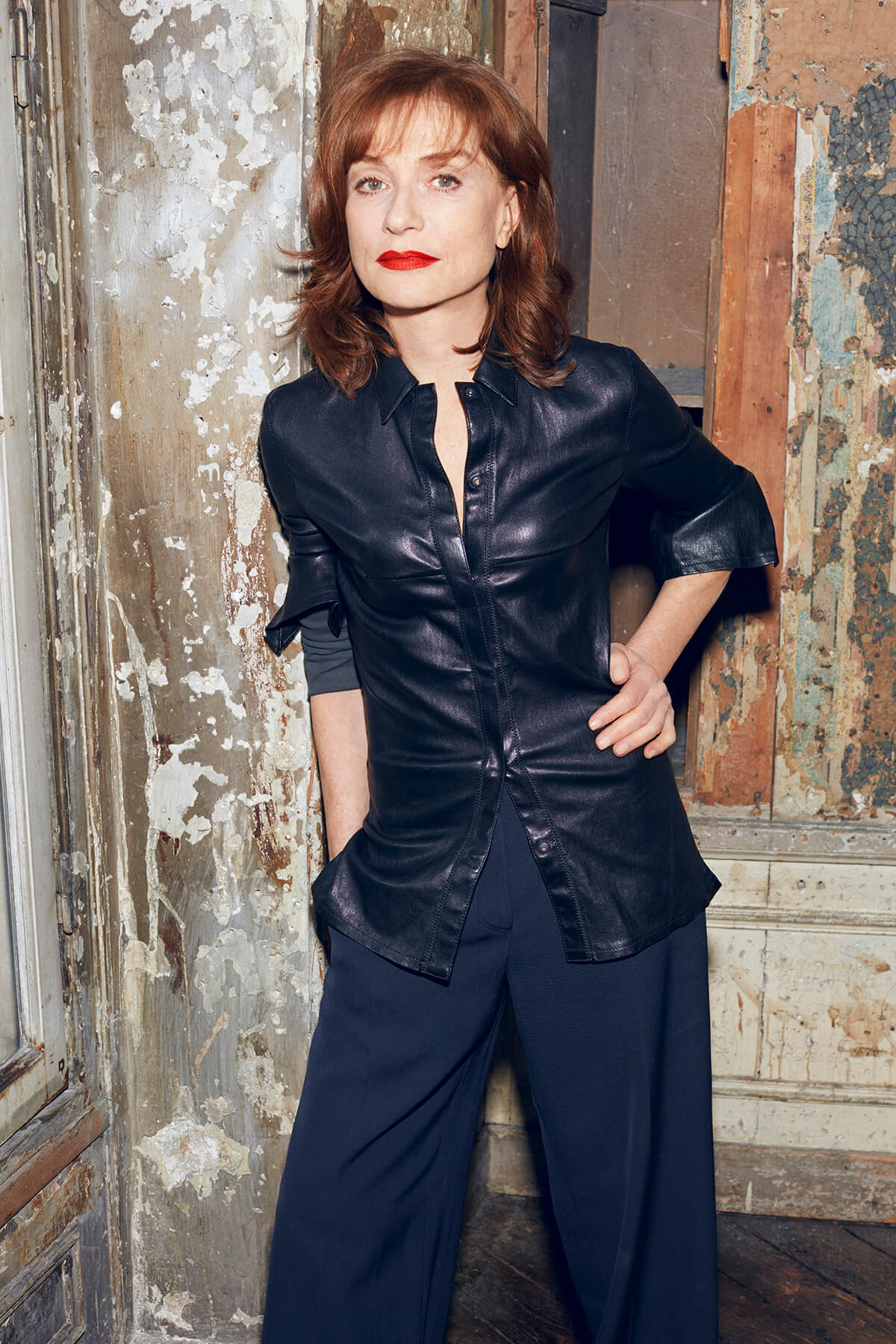
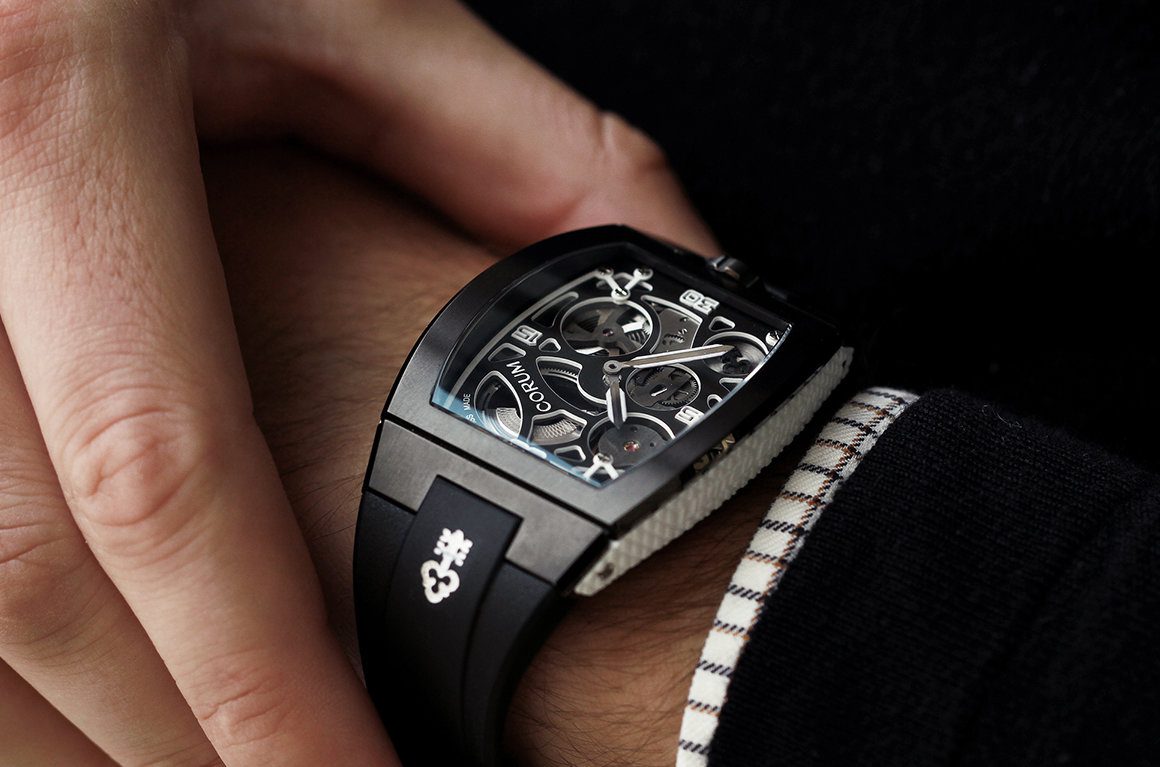
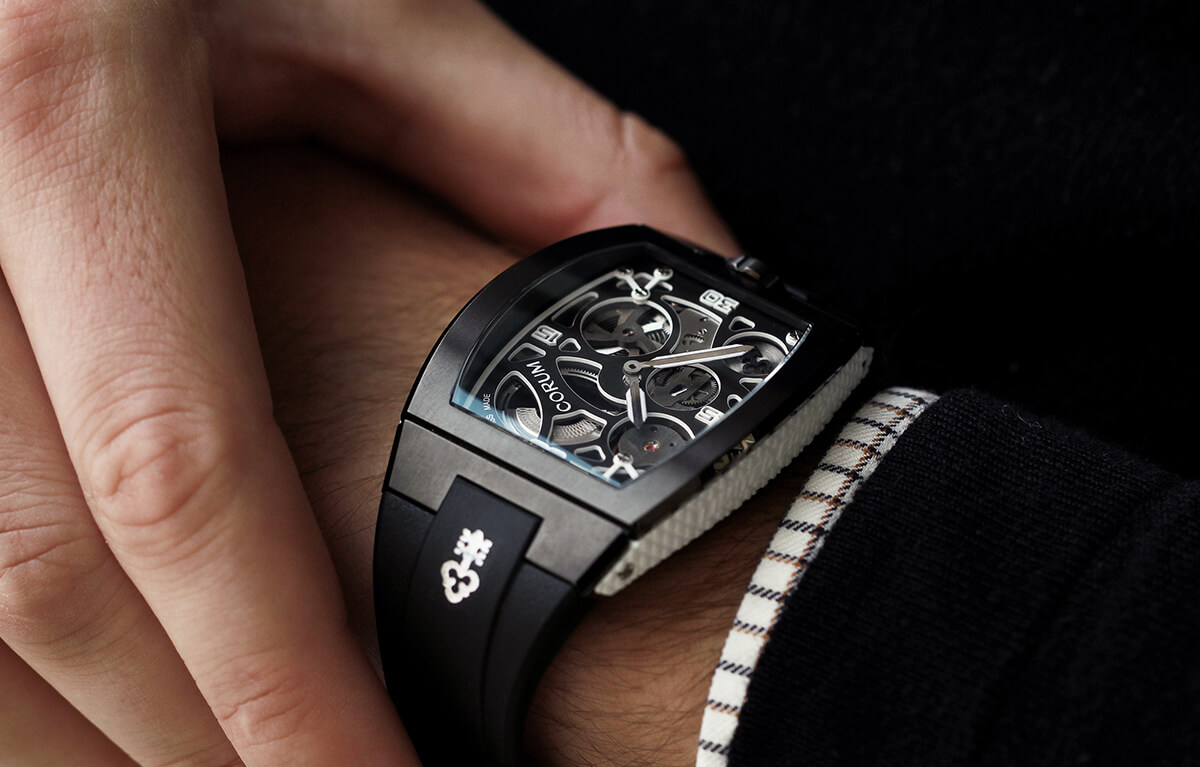
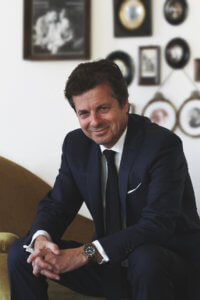
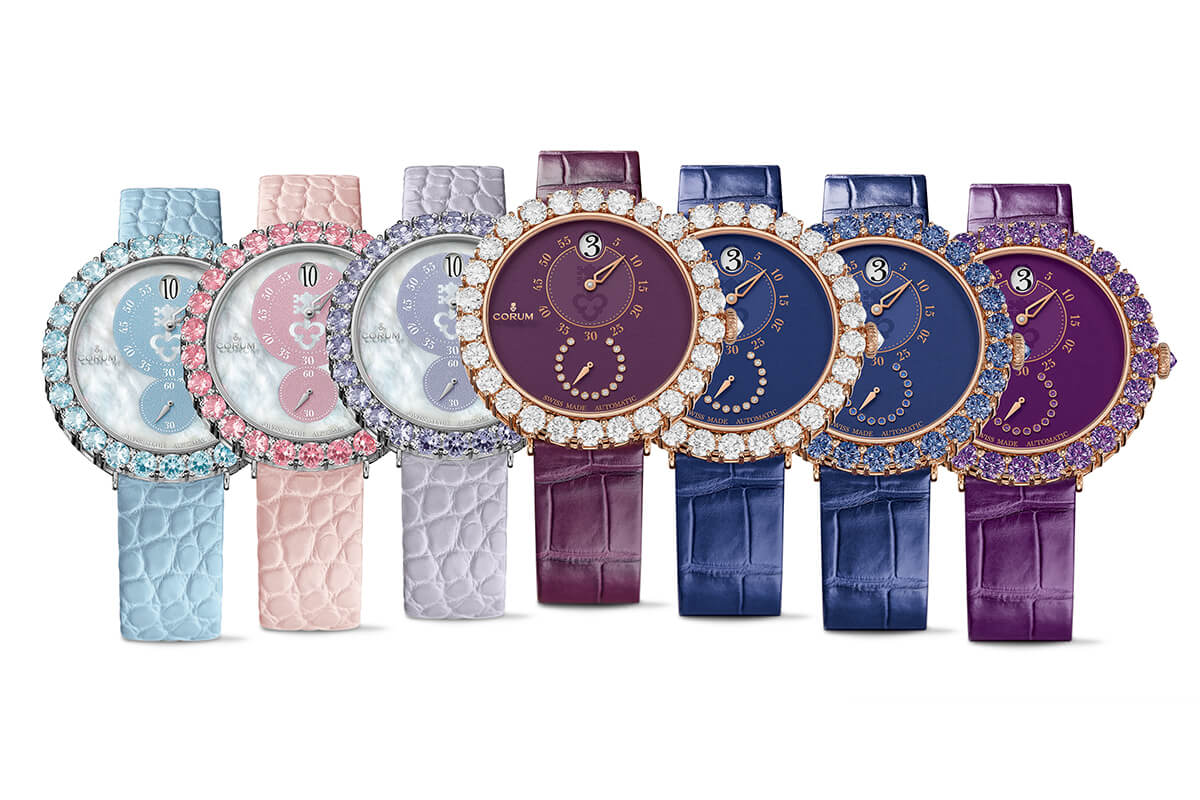
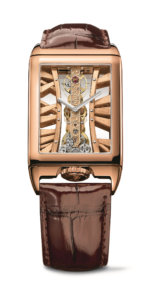





Recent Comments